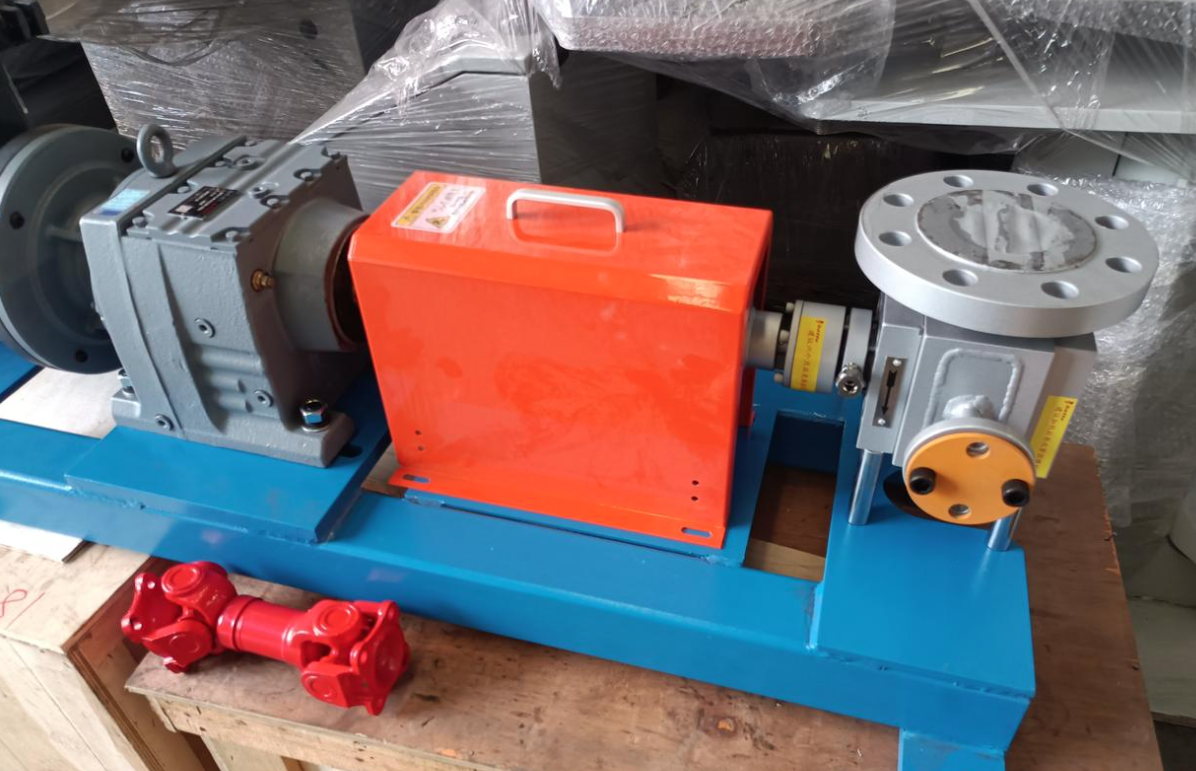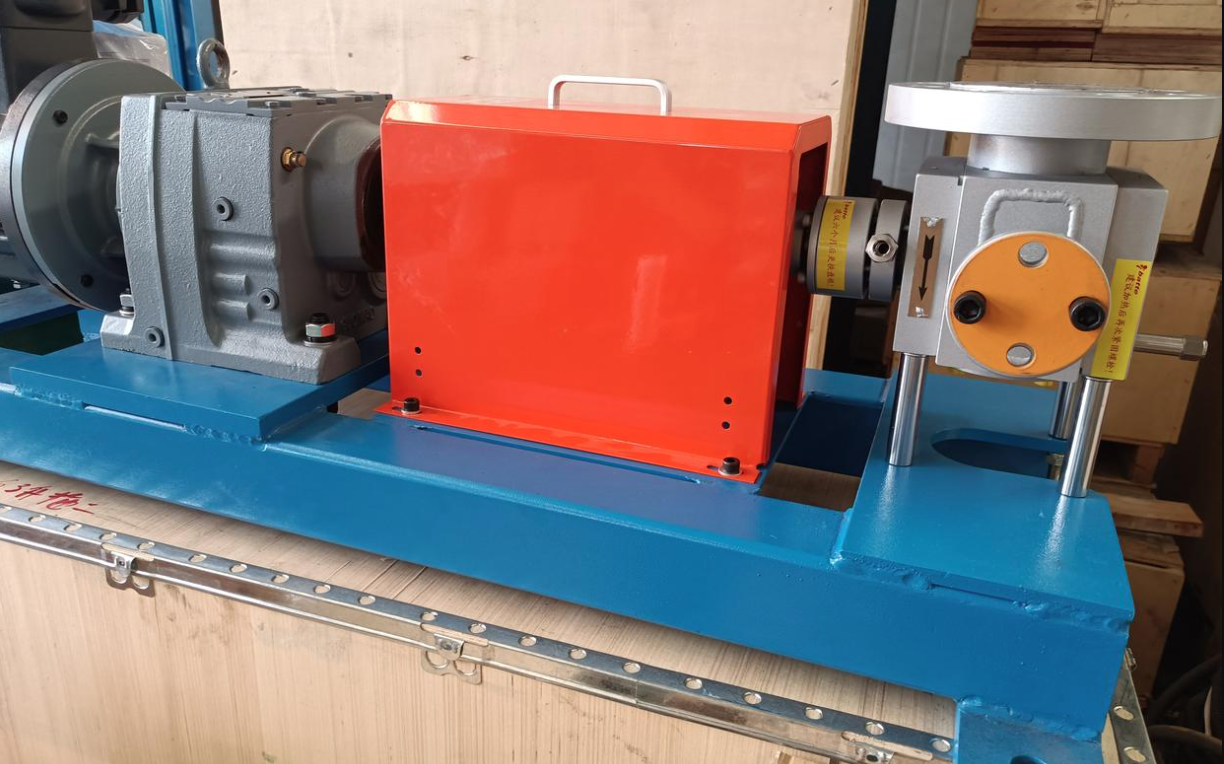The Role of Melt Pumps in Reactor Systems
In chemical production, the importance of the “golden duo” of reactors and melt pumps is often underestimated, yet improper operation can lead to headaches—such as uneven material mixing, low reaction efficiency, and even safety hazards caused by pressure loss. Today, we will address these practical pain points and discuss how melt pumps can “safeguard” reactors and maximize the efficiency of this combination.
1. Addressing the Issue of Uneven Mixing
When the viscosity of materials inside a reactor is high, relying solely on stirring can create “dead zones,” leading to incomplete reactions. Melt pumps use forced conveying to extract materials from the bottom of the reactor and reinject them into the reaction layer at high pressure, creating a circulating shear force. Similar to repeatedly stirring honey at the bottom of a cup with a straw, this dynamic circulation ensures that viscous materials are thoroughly mixed, preventing localized overheating or reaction stagnation.

2. Key to Precise Control of Reaction Environment
Temperature and pressure fluctuations are common challenges in exothermic reactions. The melt pump's metering function (with accuracy up to ±0.5%) ensures stable delivery of catalysts or additives, avoiding concentration fluctuations caused by manual feeding. For example, in polymerization reactions, the pump jacket is interlocked with the reactor for temperature control, maintaining material flowability while preventing runaway polymerization risks.
3. Upgrading the system from a safety perspective
Traditional reactors rely on relief valves to handle sudden pressure spikes, but melt pumps serve as more reliable “active pressure regulators.” When sensors detect abnormal pressure, the pump speed can be adjusted via variable frequency control to quickly balance system pressure. A case study at a chemical plant showed that installing melt pumps reduced emergency shutdowns caused by pressure fluctuations by 80%.
4. Practical maintenance tips
Seal selection: When handling corrosive materials, prioritize double-ended mechanical seals + flushing liquid systems.
Daily inspections: Check the gearbox oil level monthly and listen for bearing noises (an industrial stethoscope is recommended).
Winter freeze protection: After shutdown, use heat transfer oil to completely replace the material inside the pump.

5. Selection Pitfall Avoidance Guide
A common mistake is to directly apply the pump parameters from other workstations. The correct approach is:
- Measure the actual viscosity curve of the reaction material (changes at different shear rates)
- Calculate the matching degree between the reactor volume and pump flow rate (recommended circulation rate ≥ 2 times the reactor volume per hour)
- Verify the chemical industry standards for flange interfaces (e.g., mixing ANSI B16.5 and DIN standards can cause leaks)
Implementing this comprehensive approach not only improves reaction efficiency by 15%-30% but also significantly reduces scrap rates. During the next inspection, pay close attention to the pump body vibration values—this often-overlooked parameter is often a reliable indicator of the reactor system's health.
Email: sale@meltpump.com
WhatsApp: +86 158 3833 1071